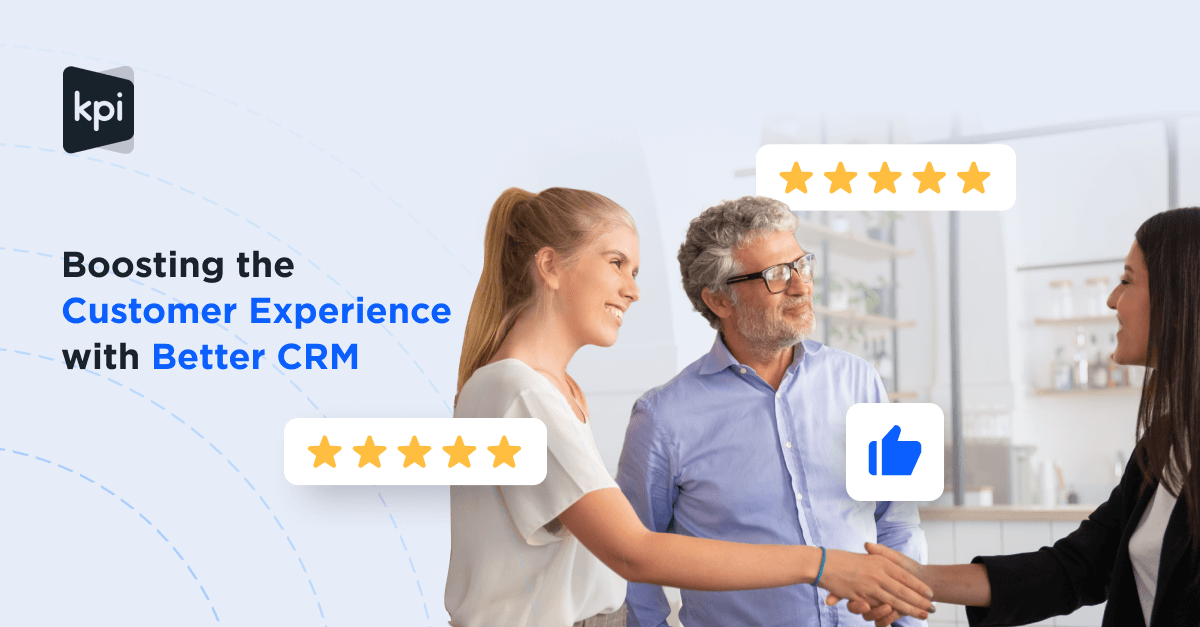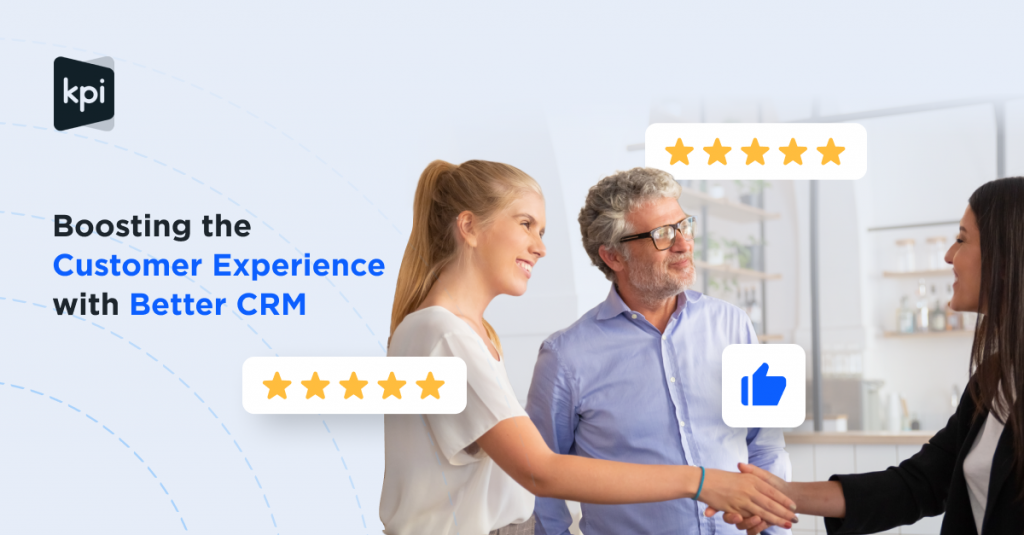
Boosting the Customer Experience with Better CRM

Businesses are more customer-centric than ever before. Customer Relationship Management, or CRM, is a comprehensive tool that helps your business grow.
Your company will be a market leader and a cut above its rivals by offering a great customer experience. By efficiently deploying CRM, your business will significantly enhance its customer experience. But let’s start with the fundamentals:
Customer Experience: What Is It?
Customer experience refers to a customer’s perception, response, and personal opinions throughout interactions with a brand. Their experience is defined by what they saw, what they thought, and how they felt. It is created via encounters with the company’s personnel and product or service.
Any business should aim to make each sales cycle stage simple, practical, and enjoyable for the clients.
The Importance of Customer Experience
High customer satisfaction rates are essential and have a significant influence, as shown by several studies and business executives. A positive customer experience enhances brand loyalty, positive word-of-mouth recommendations, excellent customer retention, revenue growth, and overall brand success.
Having said that, the repercussions of a client having a bad experience with a brand may be pretty expensive.
According to a survey released by Zendesk in 2020, 80% of customers will quit doing business with a company and move to a rival after just one negative customer experience.
Information is presently available to everyone online. Customers have the convenience of making well-informed decisions, more selections, and greater access to product reviews and news.
Today, rather than the consumer pursuing the firm, it is the other way around. It makes it even more crucial to make the most of your resources, including CRM, to improve the entire customer experience and streamline the business.
Enhancing Customer Experience using CRM
Here are some suggestions on how to make the most of your CRM in order to improve customer experiences. It benefits your customers as well as the users of your CRM since it makes their work simpler, quicker, and more effective.
Get to Know Your Customers Better
A CRM’s primary purpose is to help businesses better understand their consumers. Making customer profiles, which include a client’s basic personal information like their name, birth date, and employment is a standard approach with CRM. Their preferences, prior interactions, phone records, and many other things are also included.
If you’re not cautious, one typical problem with customer profiles is that they quickly become outdated. Because a customer’s life is rarely static, it is crucial to update your data whenever something significant occurs.
But constantly entering and updating new data is incredibly tiring. Since a business may have thousands of clients, it is impractical to track and update all of these changes manually. However, by automating the process and allowing users to enter CRM data simply by speaking or uploading a tape, services like Voice to CRM lessen the difficulties of doing so.
Personalization of Customer Interactions
Customers value it when a representative recalls their prior issues and is aware of their preferences immediately away. It demonstrates that the business is paying attention and genuinely cares about properly addressing the requirements of its customers.
When a client’s profile is immediately retrieved from your CRM during a call or meeting, the representative or CRM user is better prepared to manage the customer and tailor the engagement. The profile of customers can also be used to create efficient, tailored marketing campaigns and email offers.
For instance, your CRM reveals that Bob previously bought coats from your online store after seeing them on your blog. What you can do is send her similar blog posts over email.
To help with personalization, you can also deploy a typical CRM function called Pipeline Management and Segmentation. People at comparable phases of the buying process or who are grouped based on factors like geography and age may have similar interests and traits. This idea can be used to develop pre-made templates for email, chat, or adverts that are tailored to each category or pipeline step.
Finally, CRM has the capacity to integrate calls, texts, emails, social media platforms, and other communications into a single helpful place. Thus, you may communicate with your consumers by utilizing their preferred channels or employing an omnichannel strategy. You may complete all of this using your CRM.
Effectively Communicate with Automations
The automated option in CRM helps streamline customer interaction, particularly for data collection and communication.
You can continue communicating with clients and keeping them updated by using email automation, newsletters, and social media automation to automate and schedule postings. Additionally, your business can use chatbots to automate follow-ups and phone reminders so that you never lose a prospective customer. At the same time, a human person is temporarily unavailable to serve your clients. Using Voice to CRM, you can automate data collection during meetings and capture audio notes.
Use your CRM to automate procedures whenever possible. Time is saved, and less labour is required.
Summary
CRM system is an effective tool for enhancing the customer experience and makes it easier for your business to streamline operations and give customers excellent service.
With KPI CRM, you will be able to see a full 360-degree view of your customer regardless of who in your company is talking to the customer.